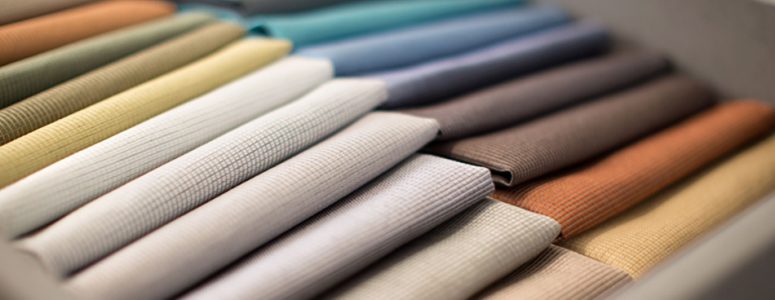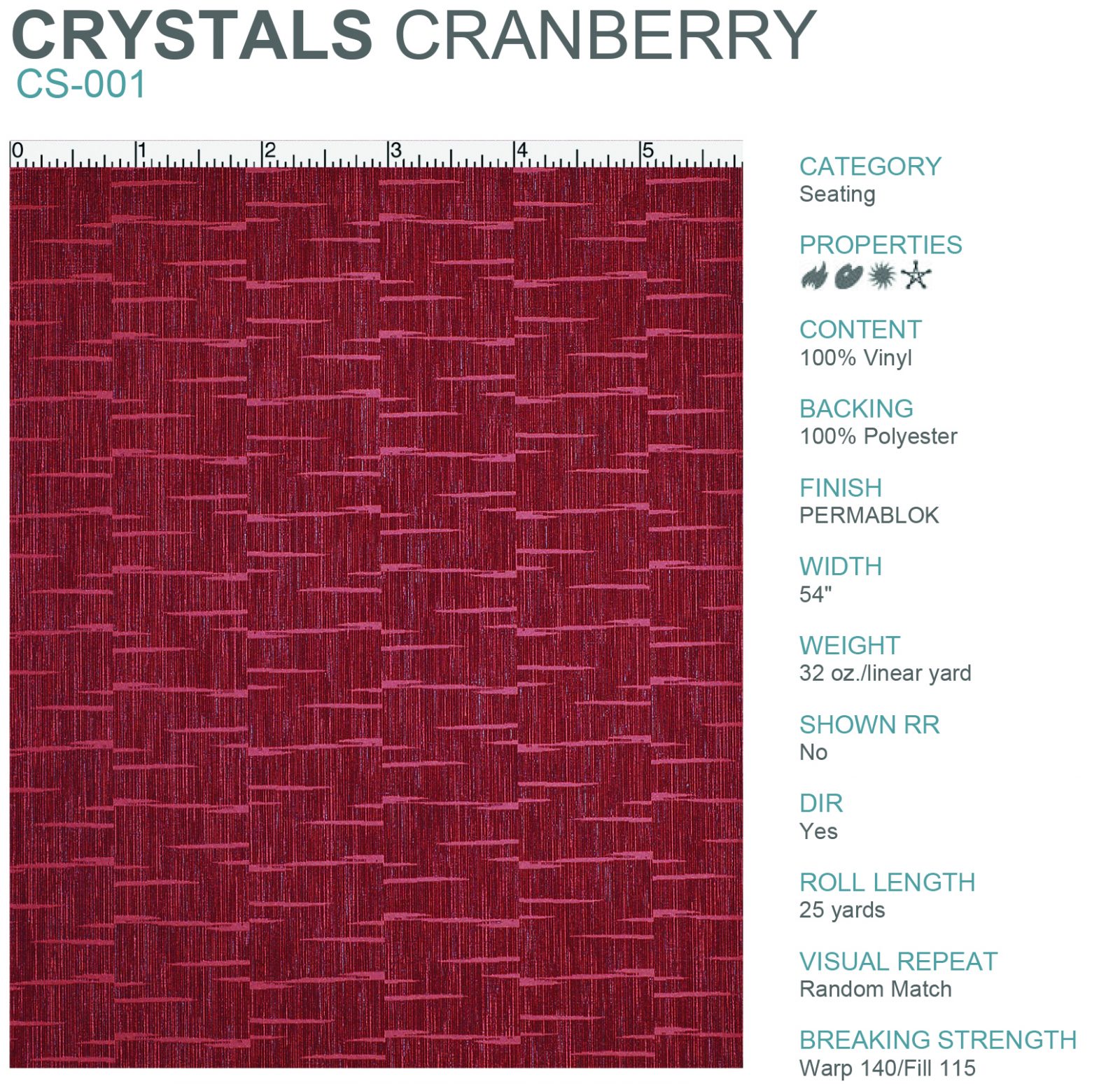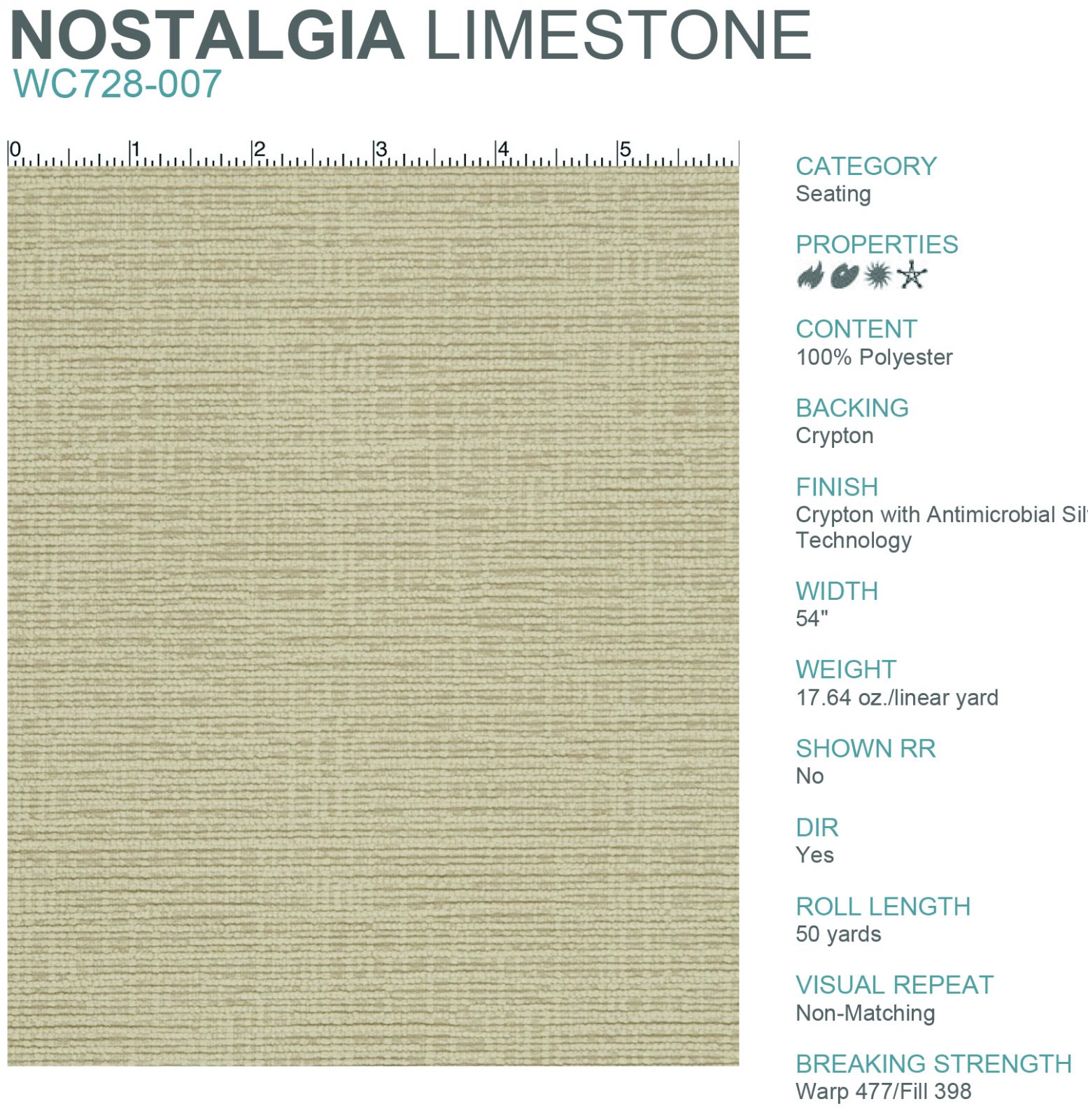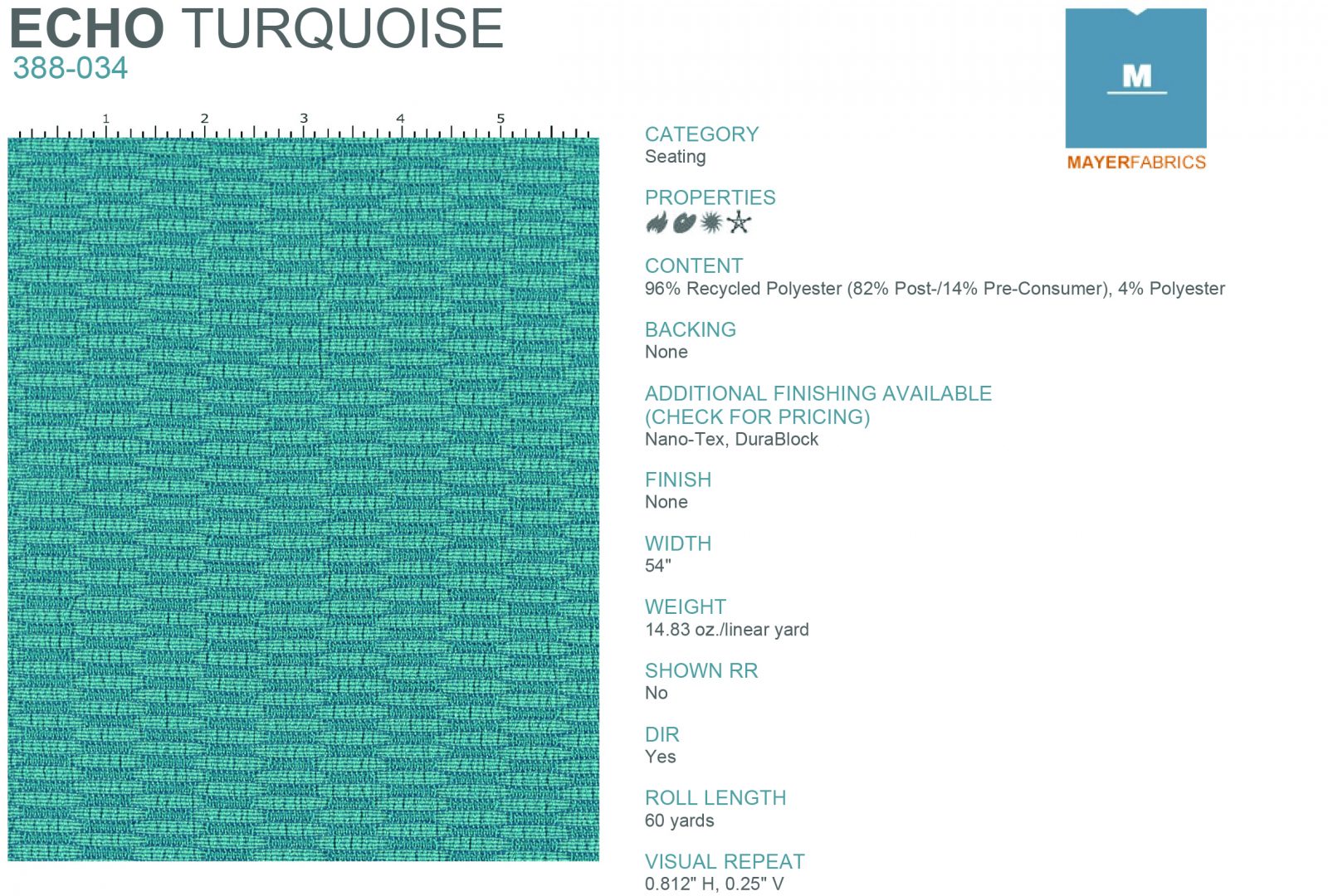
What makes a good fabric? – Is it durability? Aesthetics? A balance of both? In the furniture world, fabrics can make or break the longevity of a product, making understanding fabric choices a top priority for any designer or planner. Kim Darke from Momentum Group brings her fabric know-how to the table in this AGATI guest blog to help you understand the right fabric choices for your space and how to choose them.
“Ironically, I’ve been asked to pull together fabric choices for a University’s design department, just as I thought I was finishing up writing this post. With the abundance of fabric choices in the market, selecting the right fabric for your Library or other Higher Ed learning space can seem overwhelming. Below are some simple points to look for when choosing fabrics for these applications that should take the worry out of making the wrong choice.
In addition to color and pattern, there are many more important attributes to consider when choosing fabric for Universities and/or libraries. In my opinion, the durability of a fabric should be forefront in your mind. I’m sure you’ll agree that library and institutional spaces will both likely have very high traffic. That high volume of people will certainly have their double vanilla latte’s, green smoothies, and snacks in tow. In the end, you need to make sure you pick a fabric that can withstand a lot of use and abuse.
Double Rubs
How do you know if it’s a highly durable fabric? Check for the number of double rubs (DR). If you’re not familiar with a double rub you are either snickering or getting ready to scan this post and be on your way. A double rub is simply a term used for the results of a durability test for fabric. Simply stated, the amount of times something rubs the fabric before it shows wear. Think of it as the amount of times someone could sit down and get up from a piece of furniture before any wear. According to the ACT (Association of Contract Textiles) 30,000 DR is suitable for woven fabrics, 50,000 for coated fabrics and considered suitable for commercial heavy traffic/public spaces.
If we ask ourselves, what are all of the scenarios that could play out in this public space and how can we prepare for them, the list would be never ending. Instead there are several fabrics that meet the criteria needed to withstand this onslaught of users that generally have a high double rub, but also other characteristics to help fend off years of use. They are Crypton’s, and Silica’s. These are all highly durable, sometimes seeing upwards of 150,000 DR or more and easily cleanable.
Crypton Finishes
Crypton’s are great, you get the feel of a woven plus the added protection of a moisture barrier. Some may think this is overkill, but I disagree when it comes to high traffic areas. Crypton’s allow you the peace of mind that comes with knowing that when someone spills a bottle full of water on your furniture, it will not soak through. It beads on the top of the fabric for easy cleanup, Crypton also has a stain resistant (not to be confused with repelling a stain) finish. Using a Crypton is a great way to protect the underlying foam from the elements. In this post I’d like to concentrate on the easiest things to remember for the reader… highly durable, moisture barrier, fantastic colors and patterns = Crypton finish (or simply Crypton).
Silica
Many of you may not have heard of Silica. This is newer coated fabric (first launched 2008) that is likely the most sustainable of coated fabrics currently on the market. Silica is made of silicone, think sand, and has a polyester backing. The remarkable thing with Silica is that nothing sticks to the surface. Sharpie marker, pen, mustard etc etc. There is a laundry list of daily items we all use that simply come off of silica products with soap and water. Silica is a coated fabric that is inherently anti-microbial and anti-fungal, no top coats means no extra chemicals. Nothing to my knowledge, so far, is able to penetrate Silica and cleaners have not degraded the material. There are solids, textures and prints so you are able to realize your design.
Reading Labels
The above fabrics are what I feel are the easiest go to when designing for institutional spaces due to the durability and peace of mind of the moisture barrier. There are hundreds of other fabrics that can be used if you don’t feel a moisture barrier is needed. What they should all have in common, is again, a high double rub count. It is also a good idea to see that they have a soil and stain resistant finish (as do Crypton’s. Silica it is inherent in the silicone).
What you also may notice on all of these labels, is the “Maintenance”. This is your cleaning code that should be adhered to for the longevity of the fabric. The examples I’ve chosen to focus on today all have W or WS. W is telling you to clean with a water based cleaning agents or foam. WS is telling you to clean with water based cleaning agents, or foam or pure water free solvents (Renuzit is a water free solvent).
Cleaning codes are often found on the fabric sample you can order prior to ordering or specifying your fabric (always ask for a physical sample to see true color). For more in depth information on cleaning resources and considerations please follow this link. You can obtain cleaning instructions for your specific fabric by contacting fabric manufacturer, please ask for these instructions, keep them on file and by all means use them. Your fabric will thank you.
Many manufacturers are also able to give you, specifics on which cleaners have been used and are acceptable to use on your fabrics, this is another great resource to keep on hand and should ensure that so long as you are following the cleaning guides with an approved cleaner your fabric will remain in great shape. In my experience, 85% of the time someone claims that the fabric on their furniture is failing, it is because they have used improper cleaning protocol. Doing a little research and training of the cleaning staff will go a long way in keeping your furniture beautiful.
Conclusion
There is also no miracle fabric that will stand up against all stains & anyone purposefully trying to destroy the fabric or the piece of furniture it is on will sooner or later accomplish that goal. Remembering to choose fabrics that have high durability (a minimum of 30,000DR woven and 50,000DR coated fabrics) and are easily cleanable will point you in the right direction when choosing fabrics for Institutional spaces.”
 About the Author: Kim Darke, Momentum Group
About the Author: Kim Darke, Momentum Group
A little background on me…. I’ve been in the Architecture and Design field just over 10 years, 5 of those with Momentum Group. Accounting for holidays, vacations and weekends that’s approximately 2600 hours a year working with textiles… thankfully I’ve noticed a few things over these 5 years that I’m hoping will help make fabric selection less stressful.



